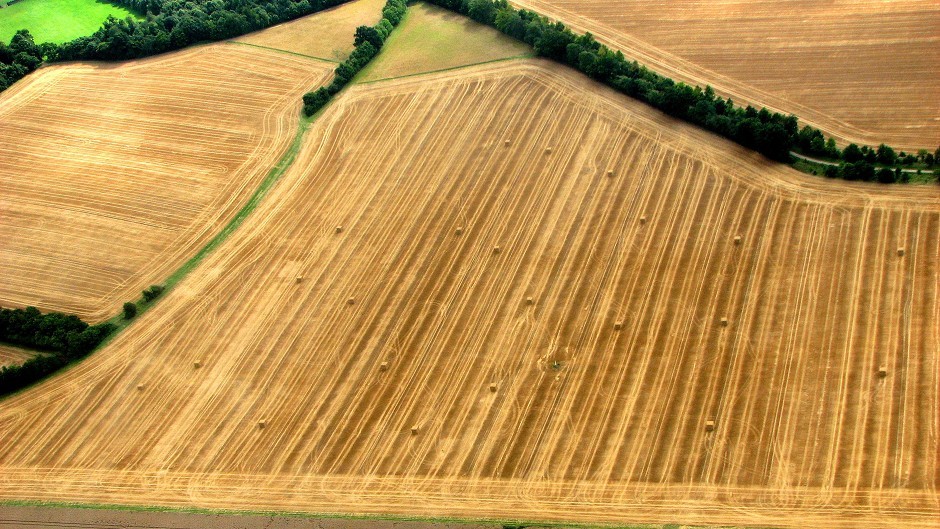One of the most protracted legal cases involving tenancy matters has taken a step forward with The Lord President Lord Gill ruling in the Court of Session that the Lord Advocate should pay half the costs incurred by East Lothian landowner Alistair Salvesen during part of what has become known as the Salvesen-Riddell case.
This decision will of course result in a drain on the public purse and an embarrassment to the Scottish Government.
In his ruling Lord Gill said Mr Salvesen was forced into litigation in defence of his right to gaining vacant possession of a farm because of legislation passed by the Scottish Parliament but then found to be beyond its remit.
The UK Supreme Court had last spring found the new law was breaching landlords’ rights under the European Convention on Human Rights. Furthermore the Supreme Court ruled that the Agricultural Holdings (Scotland) Act 2003 must be amended. This was the first case of the Scottish Government’s legal competence being challenged on any issue, never mind a farming one.
The case goes back to 2003 when then Rural Affairs Minister Ross Finnie used emergency powers to stop landlords serving termination notices on general partners in limited partnership leases bringing the limited partnerships, and consequently the leases, to an end.
A rush of such notices had been served to avert what was seen by landlords’ agents as a possibility that the 2003 Act would give such general partners full security instead of being limited to a set number of years.
Mr Finnie reacted with what many saw as a knee-jerk reaction by bringing in emergency legislation giving any general partner who had been issued with such a notice a fully secure tenancy.
This related to situations where termination notices had been served in limited partnership arrangements during the narrow window from September 16, 2002 to June 30, 2003.
A large number of secure tenancies, certainly into three figures, were created through this extraordinary mechanism. Most but not all have since been resolved.
The Supreme Court finding was a landmark because it ruled that landlords had unfairly seen the value of their holdings diminished because they now had secure tenants in place and had lost the prospect of regaining possession.
The Remedial Order was passed last April by the Scottish Parliament but it left a mess. Tenants who thought they had gained secure tenancies might actually lose their farms altogether and on the other hand landlords who had seen limited partnerships convert into secure tenancies would have a loss of capital value.
Mr Salvesen was in the latter category in relation to a farm in East Lothian occupied through a limited partnership by Andrew Riddell, now deceased.
In his judgement last week, Lord Gill said Mr Salvesen “was unavoidably drawn into this costly and prolonged litigation in consequence of a provision that ought not to have been passed.”
The Supreme Court ruled that Mr Salvesen’s rights in relation to European Convention of Human Rights had been infringed and stated that flawed parts of the legislation appeared to be brought forward to punish landowners.
Douglas McAdam, chief executive of Scottish Land and Estates, said: “This latest ruling means the public purse has to pay these expenses. It underlines the need for any legislation in the very complex area of agricultural law to be fair and measured and for it to be examined with the utmost care.”
This of course is not the end of the matter. The Supreme Court ruling triggered a wide range of compensation claims over the defective legislation which are now pending and it is estimated these could run into many millions of pounds.
Hamish Lean, partner with law firm Stronachs in Aberdeen, said: “It is far from clear how many claims will actually arise but it is likely to be more than a dozen.”
